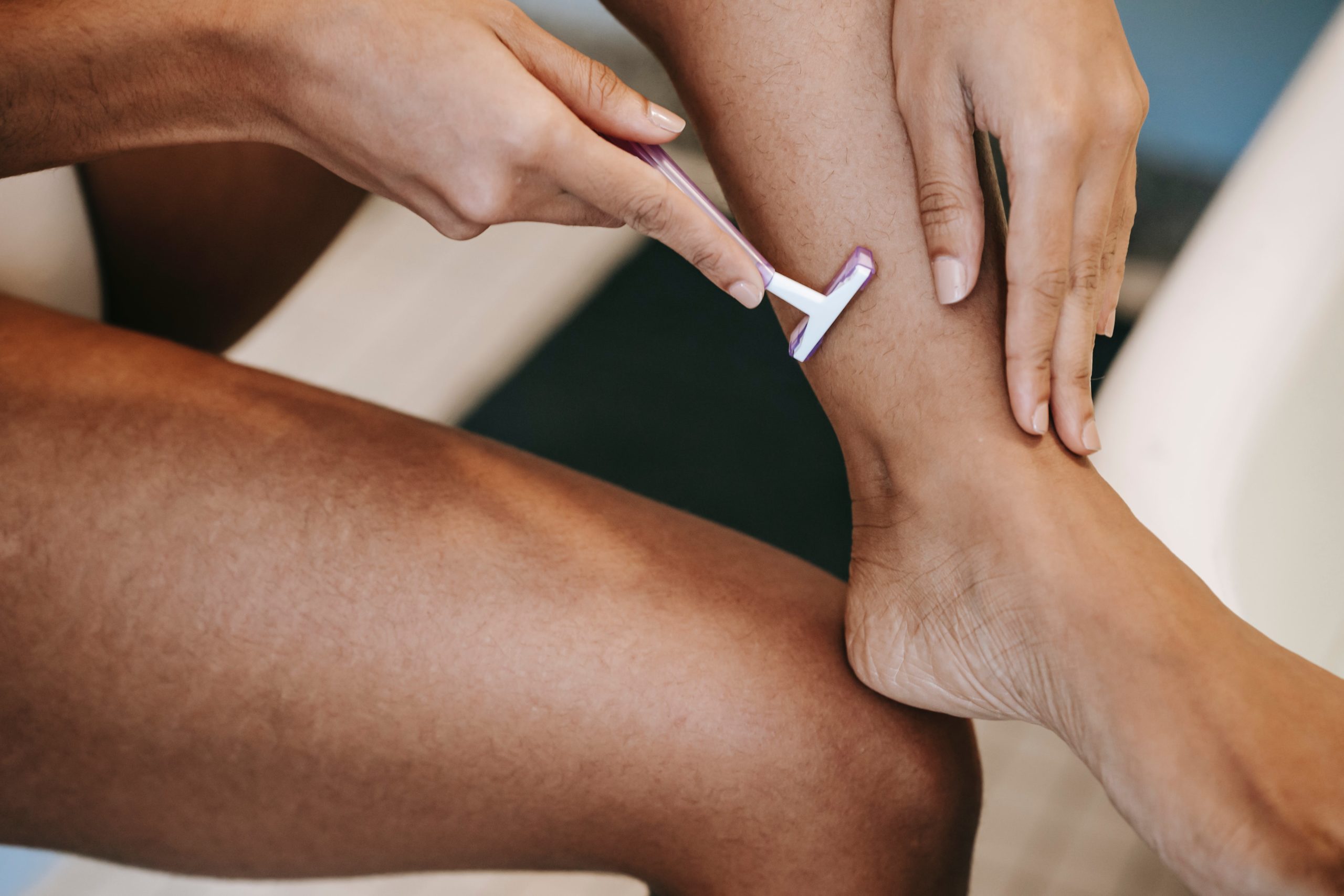The pursuit of silky-smooth skin often comes with the occasional unwelcome guest: razor bumps. Whether you’re a seasoned shaver or a newcomer to the art of hair removal, these small, red bumps can be both unsightly and uncomfortable.
Fear not, as we delve into six effective ways to treat razor bumps and restore your skin to its radiant glory.
1. Gentle Exfoliation
Exfoliation is a key component in the battle against razor bumps. It helps remove dead skin cells, preventing them from clogging hair follicles and contributing to the formation of bumps. However, it’s crucial to exfoliate gently to avoid further irritation.
Regularly exfoliating with a mild scrub or an exfoliating brush can help keep the skin smooth and prevent ingrown hairs. Look for products containing salicylic acid or glycolic acid, as they have exfoliating properties and can aid in preventing razor bumps.
2. Warm Compresses
Applying warm compresses to the affected area is a simple yet effective way to soothe razor bumps. The warmth helps open up the pores, allowing trapped hairs to surface and reducing inflammation.
To create a warm compress, soak a clean cloth in warm water and place it on the affected area for 5-10 minutes. Repeat this process a few times a day, and you’ll notice a reduction in redness and irritation.
3. Proper Shaving Techniques
Prevention is often the best cure, and adopting proper shaving techniques can significantly reduce the occurrence of razor bumps. Start by softening the hair with warm water before shaving, either by taking a shower or applying a warm towel to the area. This helps make the hair more pliable and easier to cut.
Use a sharp, clean razor to minimize the chances of ingrown hairs. Shave in the direction of hair growth to reduce irritation, and avoid pressing too hard, as excessive pressure can lead to razor bumps.
4. Tea Tree Oil
Tea tree oil is renowned for its antibacterial and anti-inflammatory properties, making it an excellent natural remedy for razor bumps. It helps soothe irritated skin, reduce redness, and prevent infection in the affected follicles.
To use tea tree oil, dilute a few drops with a carrier oil, such as jojoba or coconut oil, and apply it to the affected area. Be cautious with the concentration, as tea tree oil can be potent, and patch test before applying it to larger areas.
5. Aloe Vera Gel
Aloe vera, often associated with sunburn relief, is equally effective in calming irritated skin caused by razor bumps. Its anti-inflammatory properties help reduce redness and soothe discomfort, promoting faster healing.
Apply a thin layer of pure aloe vera gel to the affected area after shaving. For an extra cooling effect, store the gel in the refrigerator before use. Regular application can aid in preventing and treating razor bumps.
6. Topical Retinoids
Topical retinoids, such as over-the-counter products containing retinol or prescription-strength options, can be effective in treating razor bumps. Retinoids promote cell turnover, preventing the buildup of dead skin cells that can contribute to ingrown hairs.
Start with a lower concentration if you’re new to retinoids, and gradually increase as your skin builds tolerance. Apply the product before bed, and always use sunscreen during the day, as retinoids can increase sensitivity to the sun.
Conclusion
Bid farewell to the frustration of razor bumps with these six effective treatment methods. Whether you opt for gentle exfoliation, warm compresses, proper shaving techniques, tea tree oil, aloe vera gel, or topical retinoids, incorporating these strategies into your skincare routine can help you achieve smooth, bump-free skin after shaving. Experiment with different methods to find what works best for your skin type.
FAQs
Q1: Can I use tea tree oil directly on razor bumps?
It’s advisable to dilute tea tree oil with a carrier oil before applying it to razor bumps. Undiluted tea tree oil can be potent and may cause skin irritation.
Q2: How often should I exfoliate to prevent razor bumps?
Exfoliate 2-3 times a week with a mild scrub or exfoliating brush. Over-exfoliating can lead to irritation, so it’s essential to find a balance that works for your skin.
Q3: Can I use aloe vera gel on razor bumps immediately after shaving?
Yes, applying aloe vera gel immediately after shaving can help soothe the skin and reduce the risk of razor bumps. Ensure the gel is pure and free from added fragrances or dyes.



